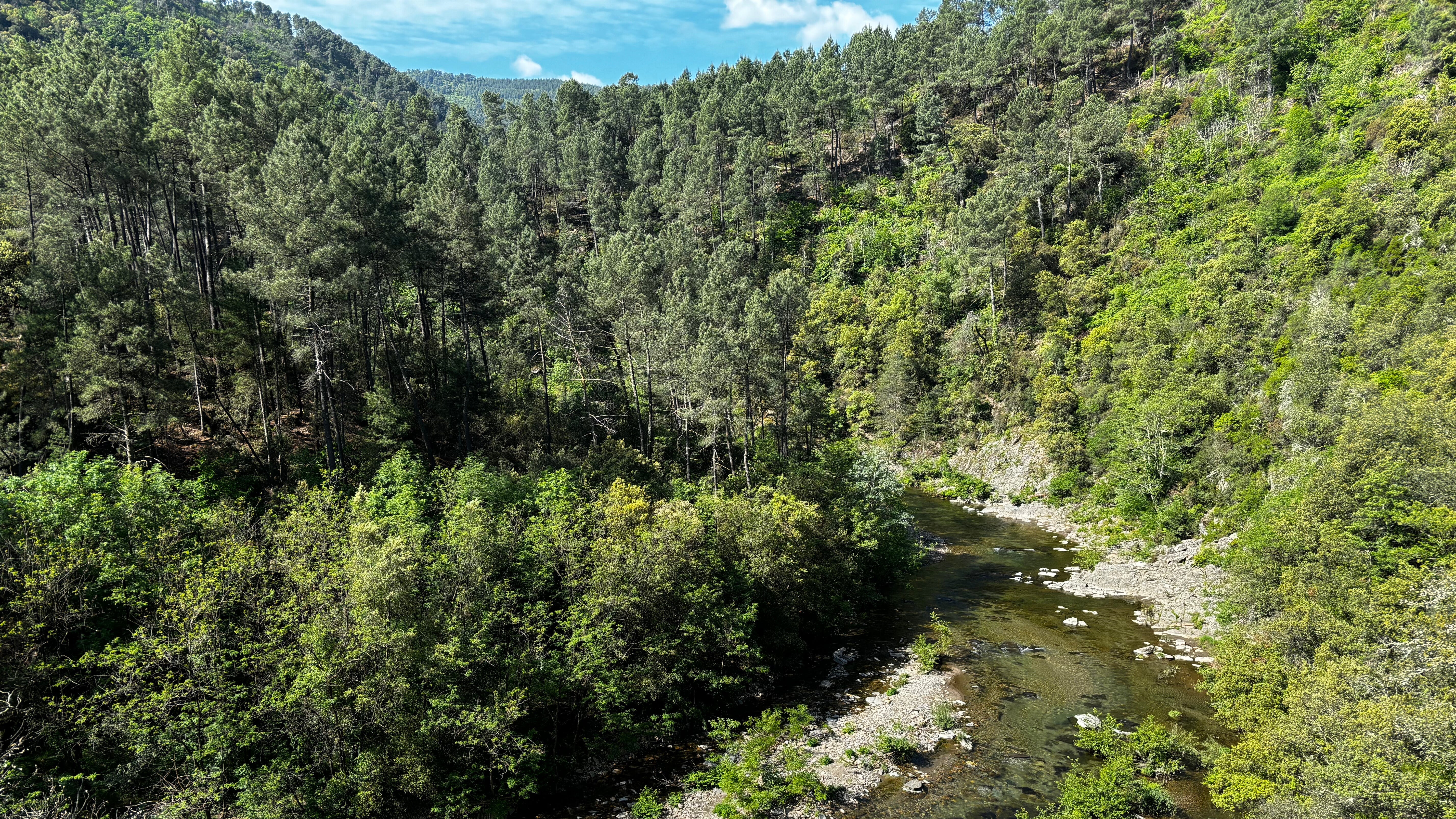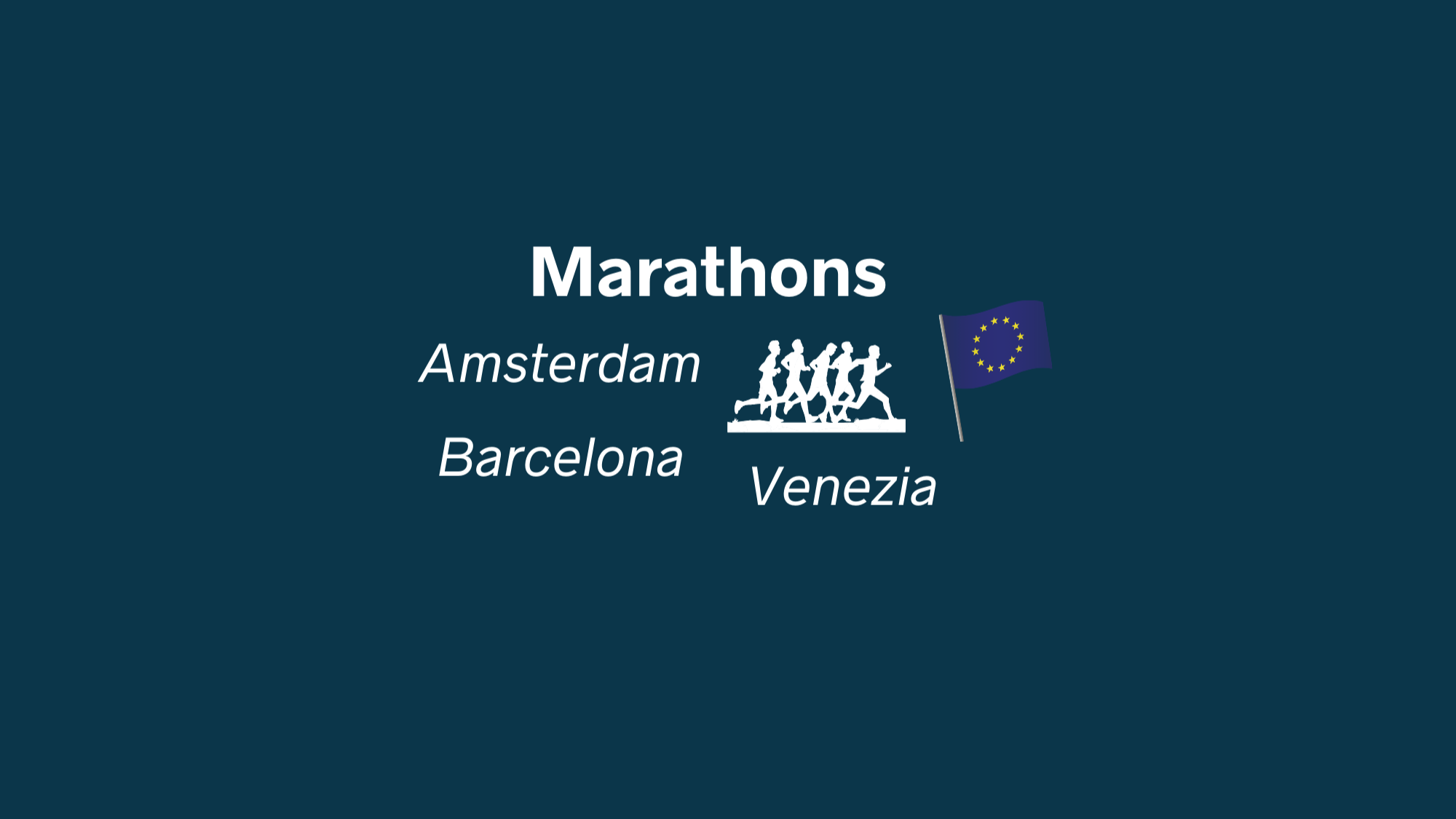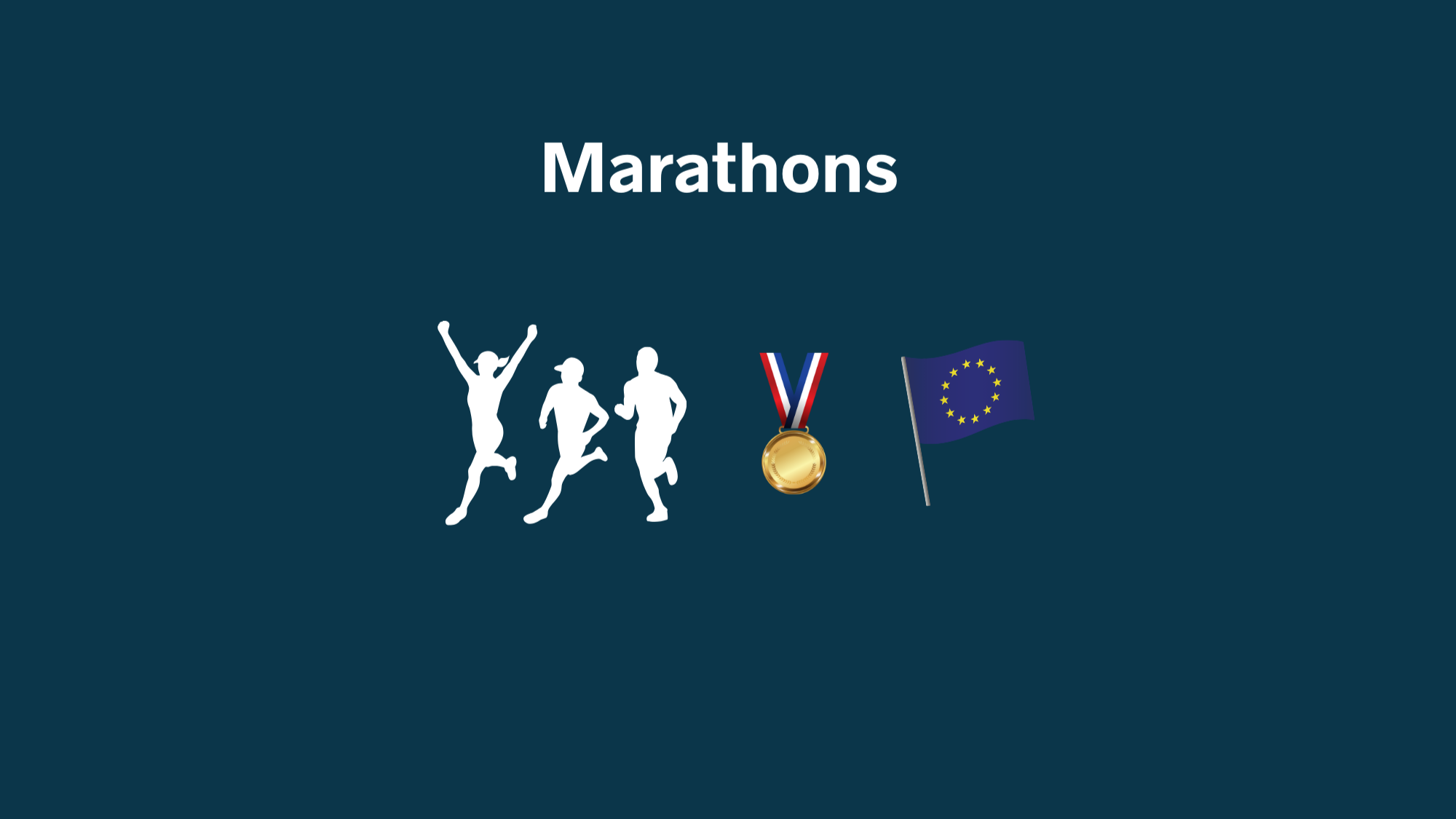
10 tips for preparing for several days of trail-hiking
Setting off on a multi-day, autonomous trail-hiking and wilderness tour requires a bit of preparation. Traveling is like being a nomad for a few days, living in nature day and night. It is both invigorating and exhilarating, but it also requires careful planning and anticipation for this adventure lasting a few days. And you have to carry everything you need during your trail hike. So you have to prepare well to be prepared for several eventualities while optimizing your equipment and hunting for grams.
- Make a list of equipment to take
This is the first tip because it is a bit the basis of all preparation. It is possible to find ready-made lists on the internet. You will just have to go through them and check what you need according to your destination, the season of the year and the duration of your trail-hike. Four major pieces of equipment are essential and should be at the top of the list: the backpack, the tent (unless you sleep in a refuge or shelters), the mattress and the sleeping bag. It is a bit like your home and the basic furniture that you will carry around for these few days. Beyond this basic equipment, you will also have to include clothing, everything necessary for cooking and eating, nutrition and hydration, the mobile phone, headlamp, etc.
- Testing equipment and optimizing storage
Once your list is defined and each item gathered, it is important to test the equipment: the tent and how to set it up/take it down, the sleeping bag and the inflatable mattress and how to store them efficiently in their respective pockets, a small gas stove, a headlamp, recharge batteries or a mini flexible solar panel, etc. The second challenge is storing all the items in the backpack. You have to fit everything in and distribute the whole thing and the weight well so that everything is relatively accessible without having to unpack everything each time.
- Anticipate water supply points along the route
When you go on an independent hike, the first point of attention is the water supply. The efforts of the hike, the heat in the sun and the need for water for cooking require you to plan in detail the water supply points along the route. The most practical solutions are the drinking water points in small villages if you come across any. This water does not need to be filtered. On the other hand, if the only water available for one of your supplies comes from a spring or a stream, it is advisable to filter it.
- Plan your diet based on the daily calorie intake required
After hydration, nutrition is the second most important variable to consider. A day of trail-hiking with positive elevation gain and between 6 and 8 hours or more of walking requires a calorific intake at least twice as high as a calorific intake for a normal day without any particular physical activity. This therefore requires planning foods that will provide the thousands of additional calories needed. For the evening meal, there are freeze-dried preparations that indicate exactly the calories provided by each sachet of food.
- Share your itinerary before setting off on a journey
If you are going alone, it is really a must to share your itinerary with a family member or friends. Even if you are going with several people, it is also a good idea. The phone network coverage is often sufficient, but there is still an element of imponderable. Your mobile phone may break down or run out of battery just before an injury. This is often an unlikely but not completely impossible series of events that can lead to unforeseen situations. It is very simple before going hiking to share your itinerary, the duration of your hike and to send news from time to time by SMS during your trail hike.
- Bring a first aid kit
Bringing a first aid kit is also necessary. On paths that are sometimes steep and full of stones or roots, a fall can happen quite quickly, especially at the end of the day when fatigue sets in and lucidity is not the same as in the early morning when the day begins. If unfortunately you fall or if a sharp branch hurts you, it is best to be able to quickly clean the wound and put a bandage on right away where you are. Most of the time and fortunately, the first aid kit will stay in the bag, but the rare time you need it, its presence will take on its full meaning. So be careful not to forget it.
- Download an app to view routes and find your way
Fortunately, we now have the choice of Apps that allow us to geo-locate ourselves on a route and quickly find our way or follow alternatives to get back on the day's route. In the event of a storm or heavy rain, 'radar' apps that allow us to follow the trajectory of a storm in a very localized way and precipitation forecasts can also be very useful.
Here are two apps that can be useful for viewing routes and finding your way during your roaming trail hike:
- Carry a charging solution for the phone
All these solutions for tracking via an App or calling in case of emergency will of course only be available if your mobile phone remains sufficiently charged. If you are going on several days of roaming in remote areas and bivouacking in the wilderness, you have several options: having additional batteries with you with the major drawback of the additional weight of these recharge batteries, equipping yourself with a small flexible solar panel that you attach to the top of your backpack or going through villages, hamlets or shelters where you would have access to a socket. In any case, it is advisable to check the charge level of your phone from time to time. It is less important than the level of water you have left, but it still allows you to avoid finding yourself without means of communication or precise tracking in the wilderness several kilometers or tens of kilometers from the nearest village.
- Check the weather forecast
When roaming for several days, you have to be prepared for all the vagaries of the weather: significant temperature differences (between day and night or in the event of changing weather), the possibility of more or less heavy precipitation (rain, hail, snow), days or moments of high winds especially on the most exposed passages such as on the ridge line and more or less violent storms and possible lightning. You must therefore equip yourself accordingly (with several layers, a waterproof jacket, a waterproof bag to protect the backpack, etc.). It is also essential to check the weather before leaving and during your trail hike. Again, and as for being able to find your way, a constantly charged mobile phone will allow you to check the weather information at any time. In the worst case, you must also be prepared to give up if the weather conditions deteriorate seriously.
- Have a clean pair of socks every day
This last tip is a little luxury, a little personal touch. If you are going on a several-day hike, the ideal is to have as many pairs of clean socks as there are days of trail-hiking. Especially if your feet were wet the day before because it rained a lot or you went through streams. If the weather is humid and nothing dries quickly, it is a real pleasure to be able to put on clean and dry socks in the morning before leaving. A second pair of shorts or a clean and dry T-shirt every day are also real pluses, but if I have to choose, I put socks first in the list of clothes to bring in several copies and ideally one pair per day of hiking. On long hikes, the washing and drying session will eventually become necessary, but up to 5 days of trail-hiking, it is still possible to have one pair of socks per day!
Here are our 10 tips for preparing for several days of trail-hiking. Beyond these tips and preparation, all you have to do is take full advantage of these few days in contact with nature, flora and fauna. A unique opportunity to take a deep breath of fresh air, a deep breath at your own pace and to live a little adventure along the paths and tracks that you will travel during your trail-hike.



Leave a comment
This site is protected by hCaptcha and the hCaptcha Privacy Policy and Terms of Service apply.